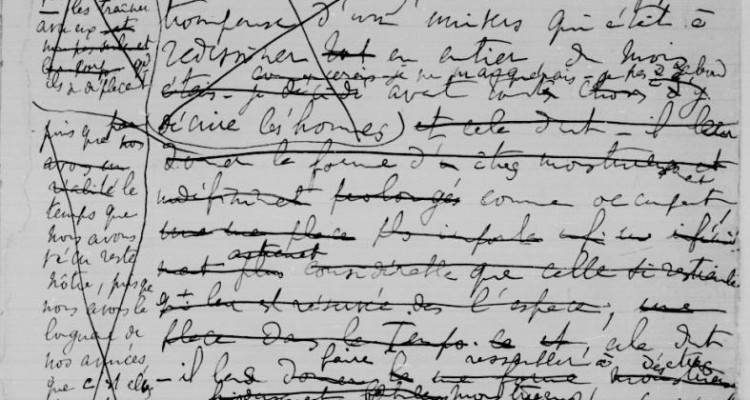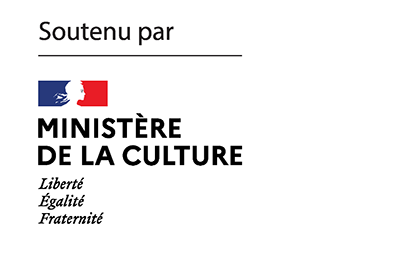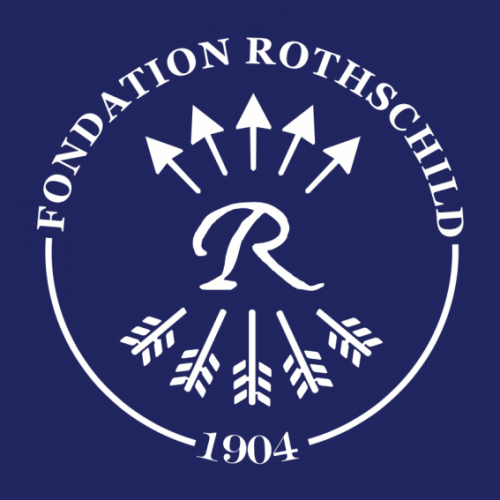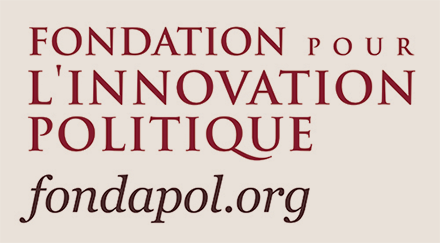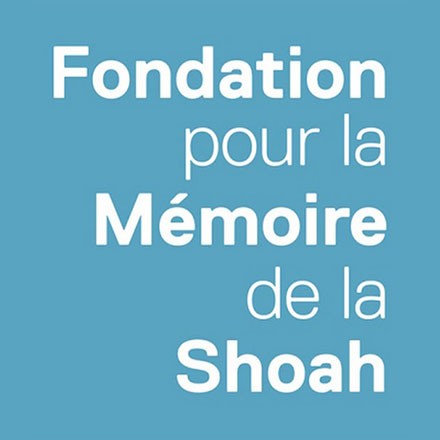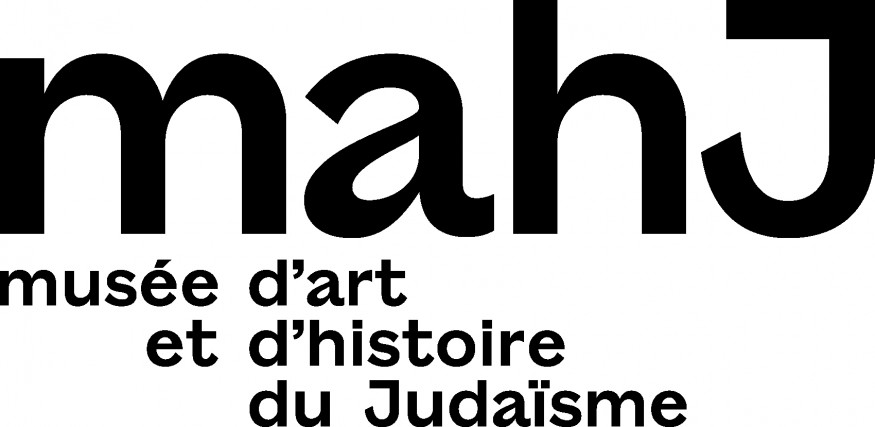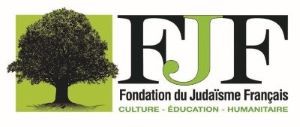We celebrated the birthday of Franz Kafka last week, and this week we turn to Marcel Proust, born 150 years ago on 10 July. The two authors were almost contemporaries and came from opposite corners of a Europe that has long since disappeared. Both attested to a relationship with Jewish identity that was ambiguous and troubled. “What do I have in common with the Jews?” Kafka wrote in his diary, in an entry dated 8 January 1914. “I struggle to know if I have something in common with myself.”
The ambiguities of Proust with respect to Judaism constitute a field of research apart, and give rise to heated disputes. Does one choose the “Proust, anti-Jewish” reading of Alessandro Piperno or “the Proust, Zionist reading” of Antoine Compagnon? (Or neither?) The author of In Search of Lost Time embodies France, according to Patrick Mimouni, because he possesses the traits of the “double agent” vis-a-vis his own society: “anti-Semitic and homophobic, seen from the exterior; Jewish and homosexual in the interior.” David Haziza, in his piece for K., examines a generation of writers and critics who immediately saw him as a fully-Jewish author in the wake of his death. These impressions were shared by diverse figures, including Albert Cohen, who perceived similarities between the Proustian sentence and the Talmudic sentence, and Denis Seurat, who saw in Proust’s opus traces of the Talmud and Kabbalah.
We add the celebration of popular events to those of literary ones. As we mark the victory of Italy in the Euro Cup, K. opens its pages to SoFoot, in republishing an article that appeared a year ago in the football (soccer) magazine and won the French-German Prize in Journalism, in the Young Talent category. Julien Duez and Adrien Candau appraise the life and career of Emanuel Schaffer, Israel’s greatest football (soccer) coach. Raised in Germany, this survivor of the Holocaust returned to the land of his birth to teach footballers there the methods which he used to bring Israel’s team to its sole appearance in the World Cup, this one held in Mexico in 1970. Mordechai Spiegler, the sole striker of the Nichveret team, said: “The goalpost must have faced in the direction of Jerusalem.”
Finally, as we revisit some of our previous articles over the summer, we suggest for rereading this week the manifesto that heralded the birth of our publication (already four months ago): “The Jews and Europe, Yesterday and Today. And Tomorrow?”
